How to create a content calendar

It’s 9AM. You sit down at your desk with a cup of coffee and realise: you’re supposed to publish a white paper today. And you haven’t even picked a topic, much less written it.
by Kiera Abbamonte
Sound familiar? Without a calendar in place to manage content planning and execution, it’s easy for things to slip through the cracks.
And while they can be difficult to build from scratch — and even harder to stick to — a well-designed content calendar means you're much less likely to find yourself in this situation. Content calendars can help streamline your content workflow, boost collaboration within your marketing team and improve your content performance.
In this guide, we cover:
What do the BBC, Tripadvisor, and Penguin have in common?
They craft stunning, interactive web content with Shorthand. And so can you! Publish your first story — no code or web design skills required.
Sign up now.
What is a content calendar?

In the most basic sense, a 'content calendar' is anything you use to visualise and keep track of your future content and publishing schedule. Everything from blog content to Linkedin posts can be managed using a content calendar.
When it comes to managing content, the best calendar is the one that works for you and your content team. That may look like a basic Google calendar or Excel spreadsheet — with details on content topic and target publishing dates — or it may be much more involved, living in a project management tool with an end-to-end collaborative workflow. It could even be a paper calendar printed and hung above your desk.
You may also hear terms like 'editorial calendar' and 'social media marketing calendar' used interchangeably with content calendar.
Since many content creators today work collaboratively across content, email, webinars, social media, webinars, infographics, and other digital marketing efforts, it helps to have a universal calendar to track all the content your company publishes.
What are the benefits of the content calendar?

The number one benefit of using a content calendar is organisation. A more organised approach to content planning and execution is the key to:
- Ensuring everyone involved in the content process sticks to agreed due dates, and developing a more collaborative approach to content development — including across different departments.
- Publishing content that follows your predefined content strategy.
- Identifying any gaps in topic coverage.
- Managing your workflow to streamline content creation.
- Planning to distribute, promote and repurpose content.
- Keeping track of what (and, crucially, how much) content an audience sees from your brand.
- Getting proactive and staying on top of seasonal content, holidays and other important dates.
- Freeing up valuable headspace, so you can spend less time scheduling and more time actually creating high-quality content.
In short, a content calendar helps both planning and production run much more smoothly, while ensuring your content is timely and serves the broader strategy.
8 tips for making (and managing) a content calendar

While planning content and plotting it on your calendar sounds simple, managing a content calendar through inevitable change — in your company’s strategy or the world in general — is often easier said than done.
Plus, if you’re building a content calendar for the first time, it’s really easy to get lost in the weeds.
To help, here are eight hard-won tips we’ve picked up from running our own content calendars over the years.
1. Focus on your content strategy
If you don’t have a documented content strategy in place, stop reading right here and go build one. Seriously—we’ll wait. (Here's how).
While a content calendar eases the execution side of things with or without a set strategy to follow, there’s really no point in creating that content if it won’t help further business goals.
One of the biggest benefits of creating a content calendar is that it gives you the time and space to be proactive. And when you aren’t rushing to plan, produce and send an email newsletter in one day, for example, it’s easier to stick to your long-term content strategy.
Even more, building a content calendar enables you (and your team and leadership) to more easily see how pieces of content fit into the broader content marketing strategy.
2. Be realistic and use your calendar to assess resources
When you brainstorm new content ideas, it’s easy to be excited about new topics and get carried away. Whether you’re listening to customer feedback or digging into your content marketing metrics, it doesn’t take long to overcommit.
But if you’re a content team of two, it’s probably not realistic to produce 10 blog posts, two email sequences and 30 social media posts in a month.
A content calendar is great for helping to uncover whether or not your plans are realistic, and also assess the resources you need to execute on your content plans.
Maybe you need to bring on a freelance writer to help with content for a new product launch or book time with an internal subject matter expert to inform your nurture sequence. Maybe you even need to expand or redefine your content team roles.
With all your content pieces plotted on a calendar, it’s easier to see these needs and proactively advocate for the headcount or budget to fill them.
3. Start simple and grow from there
There’s no limit to how in-depth and complex you can make your content calendar. But if you’re just getting started, it’s best to keep it simple at first.
Here’s why: creating a content calendar and actually using it are two very different things. Over-engineering your calendar can make it less likely you’ll stick with it and much harder to explain to leadership or other stakeholders.
Plus, time spent building an elaborate calendar workflow is time you could spend brainstorming and executing on content instead.
That’s why we strongly recommend starting out with something simple that outlines:
- Topic
- Content format
- Publishing schedule
- Who’s responsible for what
As you put your calendar into practice, you’ll see areas where more detail or complexity will help. Then, you can add things like additional details, workflow management, or even automations.
4. Centralise all content types on one calendar
Chances are, your company publishes a number of different types of content, from social media posts, emails and podcasts to SEO blog posts, evergreen content and gated white papers. All this content should work together—following the same strategy, cross-promoting and working toward the same goals.
The best way to keep all that together is to centralise all the content you produce onto one calendar. Doing so also helps you keep track of what your audience sees and ensure you don’t overload them with too much content.
5. Make sure your team feels comfortable with the calendar and workflow
As we mentioned before, the best content calendar in the world isn’t very helpful if it doesn’t get used (by you and the rest of your team.)
So whatever calendar tool you choose —from a simple Google Sheet to more complex tools designed for managing a content calendar — ensuring the rest of your team (and anyone else who needs visibility into the calendar) feels comfortable following and contributing to your calendar is crucial.
6. Block regular time to plan your calendar
You built out a great content calendar template. You planned out the first quarter’s content. And then… you promptly stopped using the calendar altogether.
Procrastination, ad hoc content needs, a shifting team… whatever the reason, it’s easy for content planning and processes to fall by the wayside. One of the best ways to avoid that trap is to block off time on your (personal) calendar to plan your content one.
Depending on your content operation and team, you may plan monthly, quarterly, or even semi-annually. The timeframe doesn’t matter nearly as much as having dedicated time to focus on content planning.
7. Share the calendar internally
Visibility is a key benefit of using a content calendar. That’s why it’s important to share the calendar — within your own content team, but also more broadly with the company as a whole.
This kind of visibility can help manage the demands other teams (like sales or customer service/support) place on the content team, too. If Mike the sales rep knows the case study he needs is on the calendar for next month, for example, he can worry less about having to follow up with you — and you can spend less time fielding inquiries about content production timelines.
8. Stick to your calendar (and make a plan for when you’ll deviate)
It goes without saying that the key to success with a content calendar is to stick to it. But we’re saying it anyway, because abandoning a content calendar at the first sign of trouble is all too common.
Some of the tips we’ve already shared (like being realistic with your planning and blocking time for managing the content calendar) can help you stick with it.
But the long-term success of your calendar — somewhat counterintuitively— hinges on having a plan in place for what happens when you can’t stick to it. How will you adapt the calendar when last-minute content needs arise, for example? Or when the team member responsible for a particular piece of content is out sick?
9 content calendar templates and tools

Content focus: All content types
How it works: Use within the CoSchedule tool
Cost: Free, but you’ll need to share some details like your name, email, and company
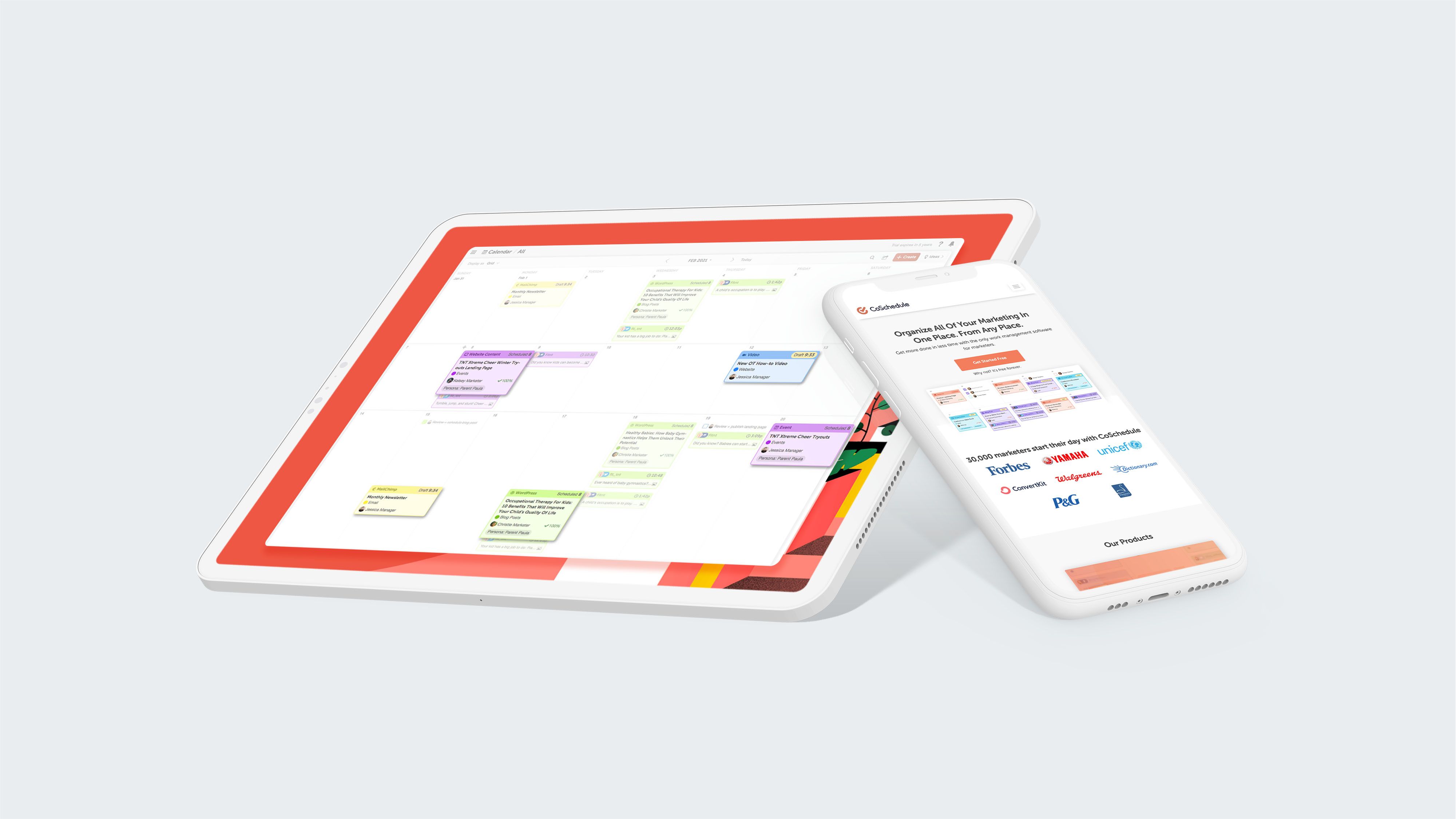
Content focus: All content types (Note: we recommend reading the accompanying blog post to help understand how to use the template)
How it works: Download as a PDF or spreadsheet
Cost: Free with first name and company
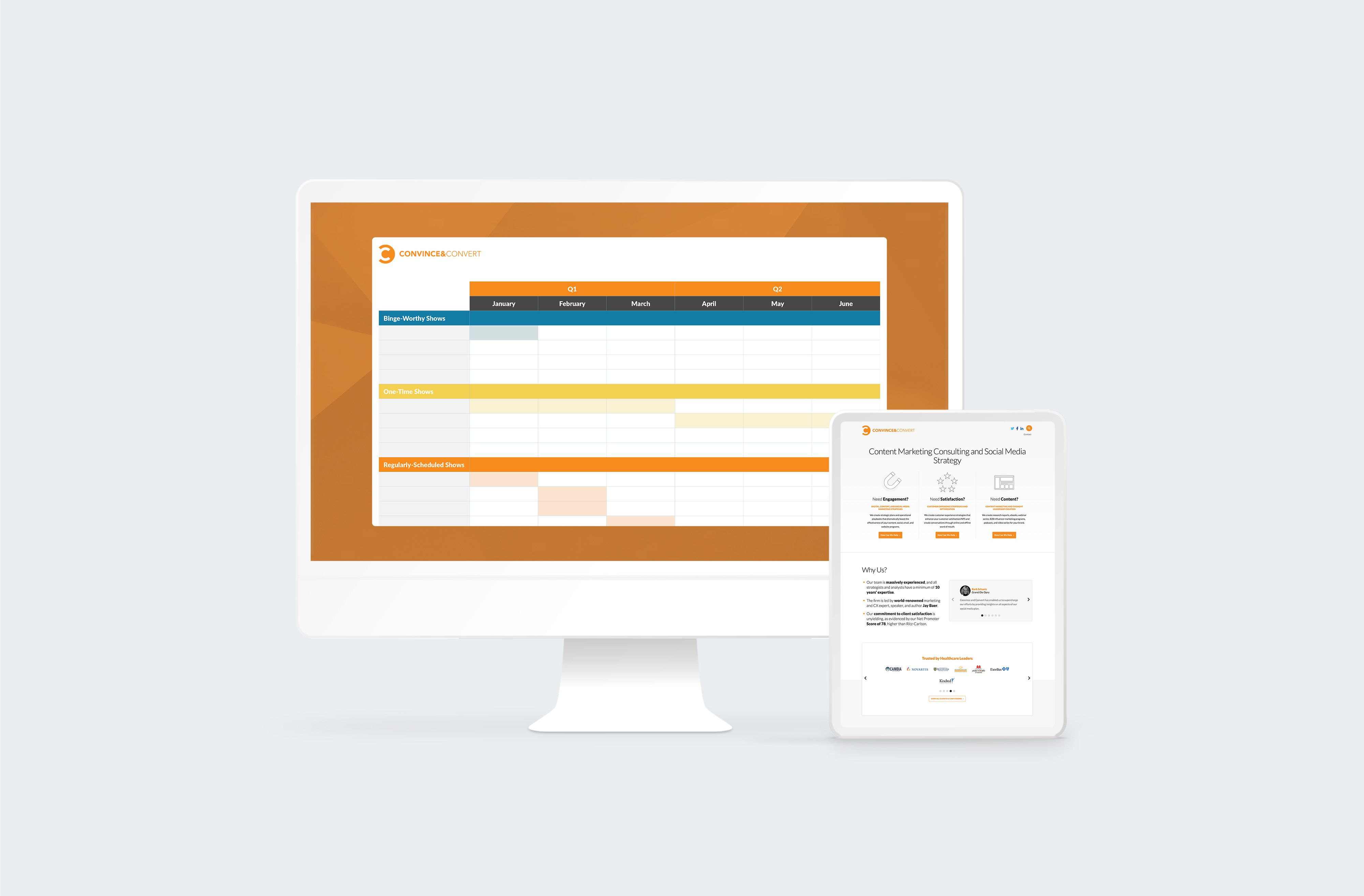
Content focus: All content types
How it works: Use within the Airtable tool
Cost: The template is free, but you’ll need an Airtable account
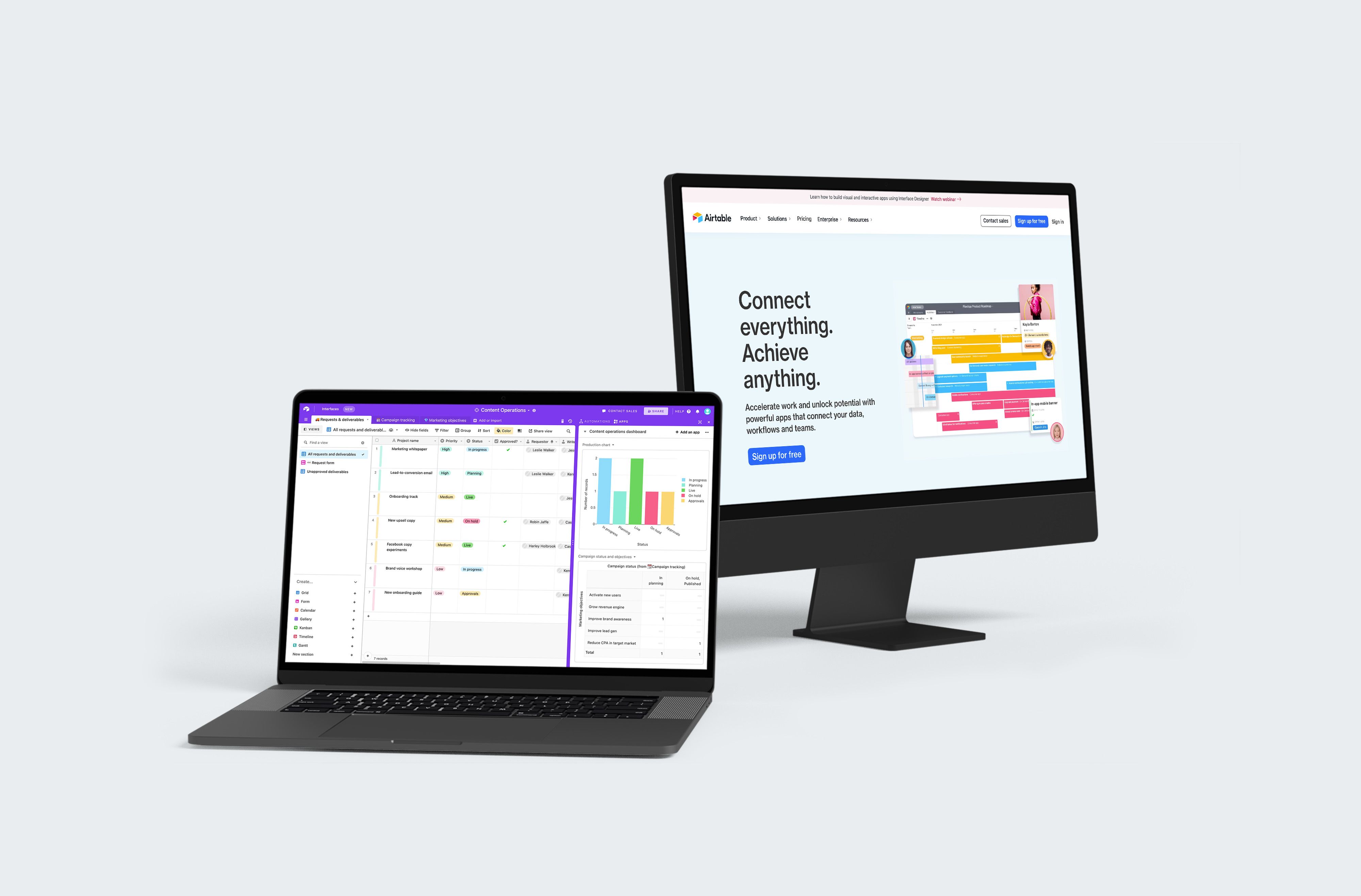
Content focus: All content types (they also offer a separate social media content calendar template)
How it works: Use inside the Monday.com platform
Cost: Free with Monday.com account

Content focus: Blog/editorial and social media
How it works: Download with Microsoft Excel or copy the Google Sheet
Cost: Free, but you’ll need to share details like your name, email, phone number, and company name and size

Content focus: Templates for all content types available
How it works: Use within the Trello platform
Cost: Free with Trello account
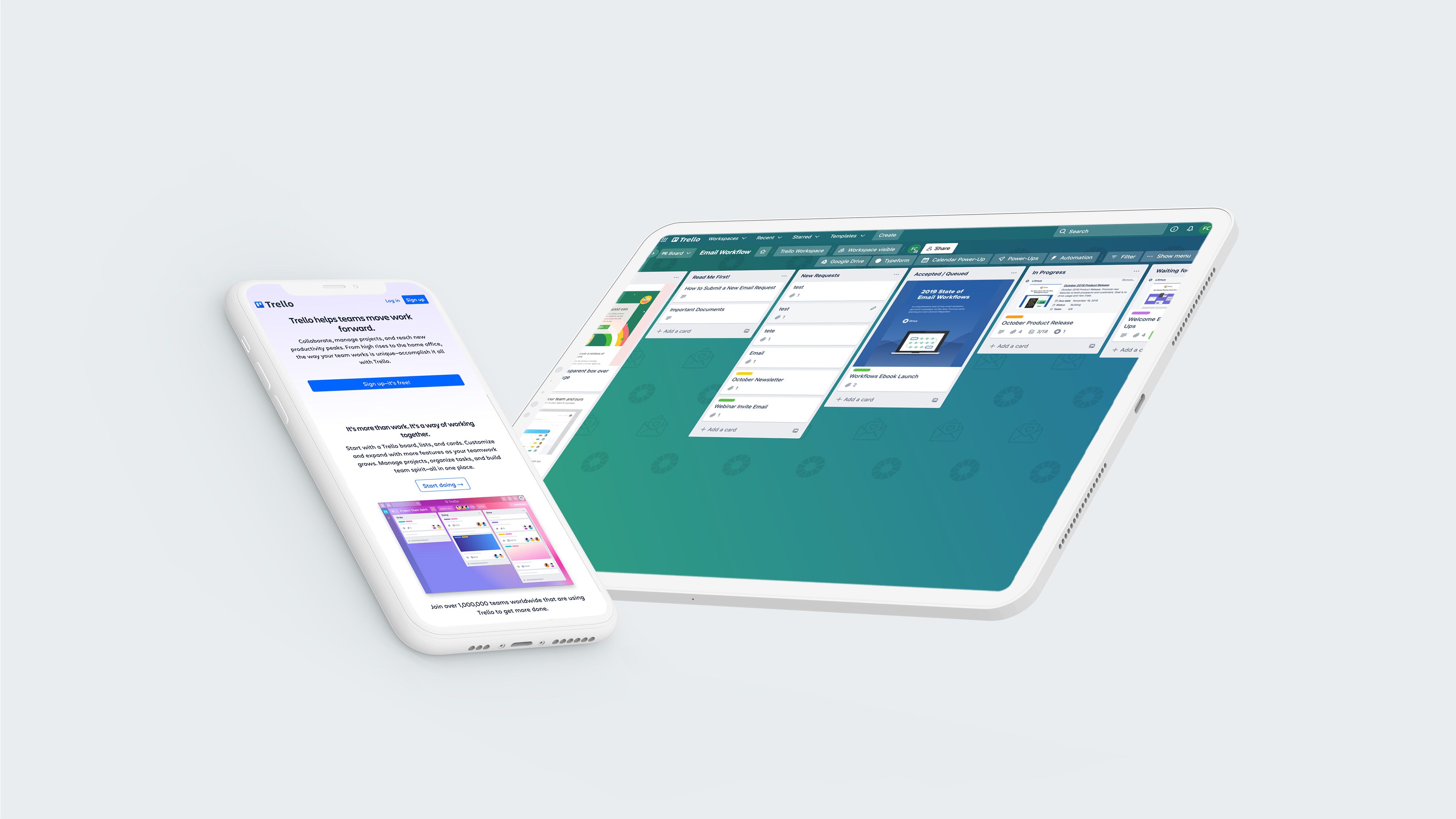
Content focus: Social media (Hootsuite is a social media manager)
How it works: Use with Google Sheets or Microsoft Excel
Cost: Free, but you’ll need to share your name, work email, and some details about your company
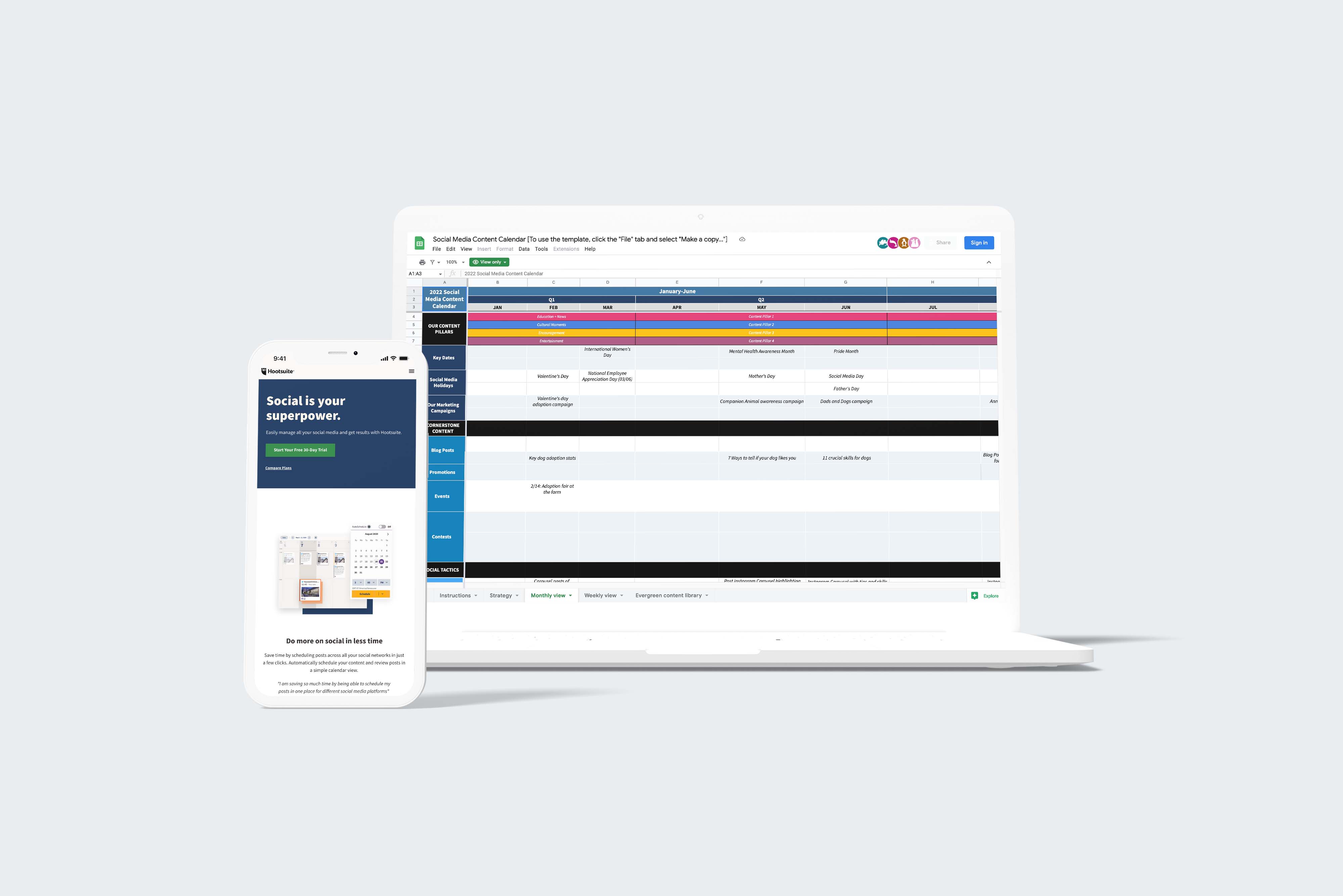
Content focus: All content types
How it works: Within the ClickUp tool
Cost: Free, but you’ll need a ClickUp account
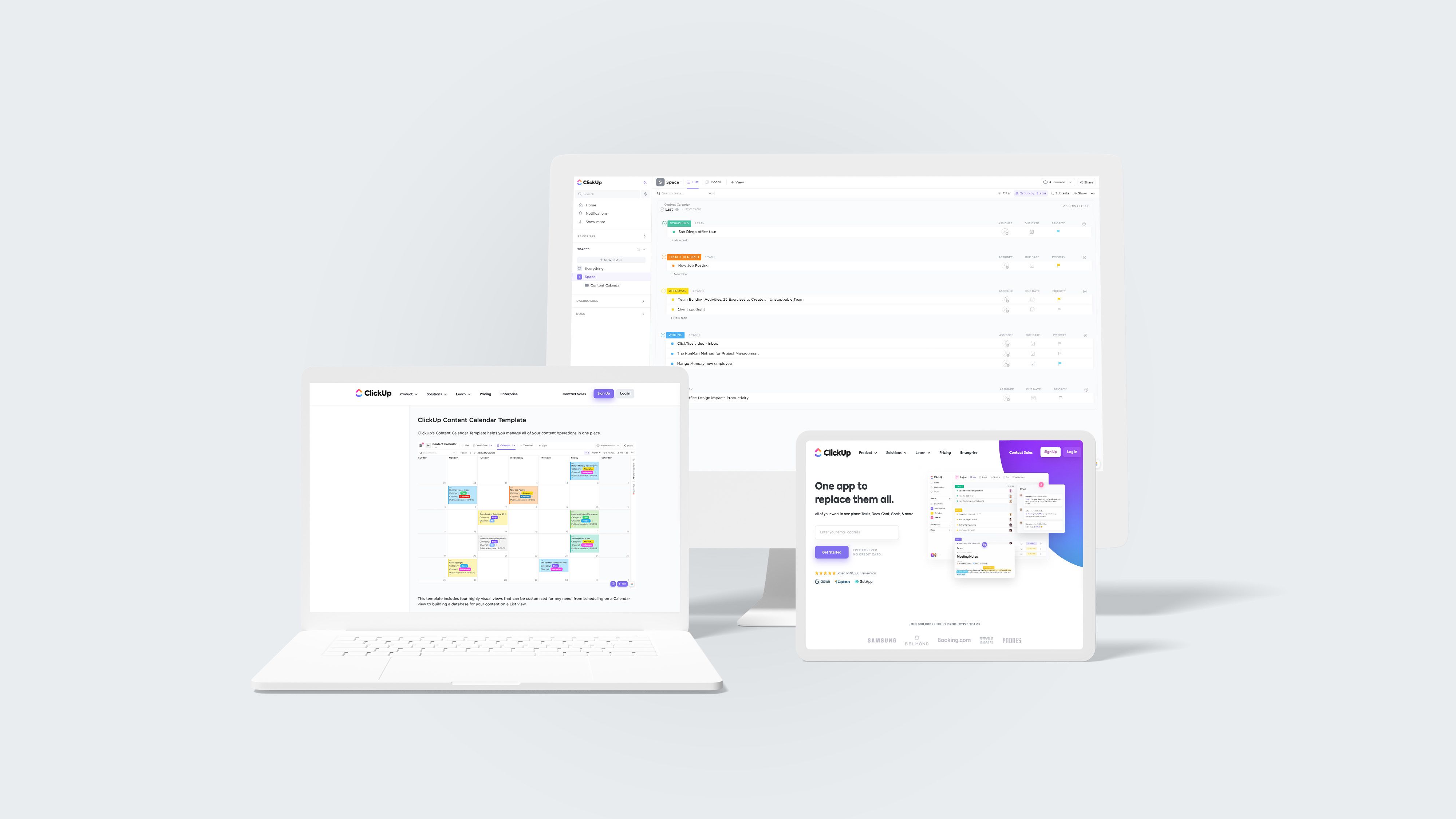
Content focus: All content types
How it works: Within the Notion platform
Cost: Free with Notion account










